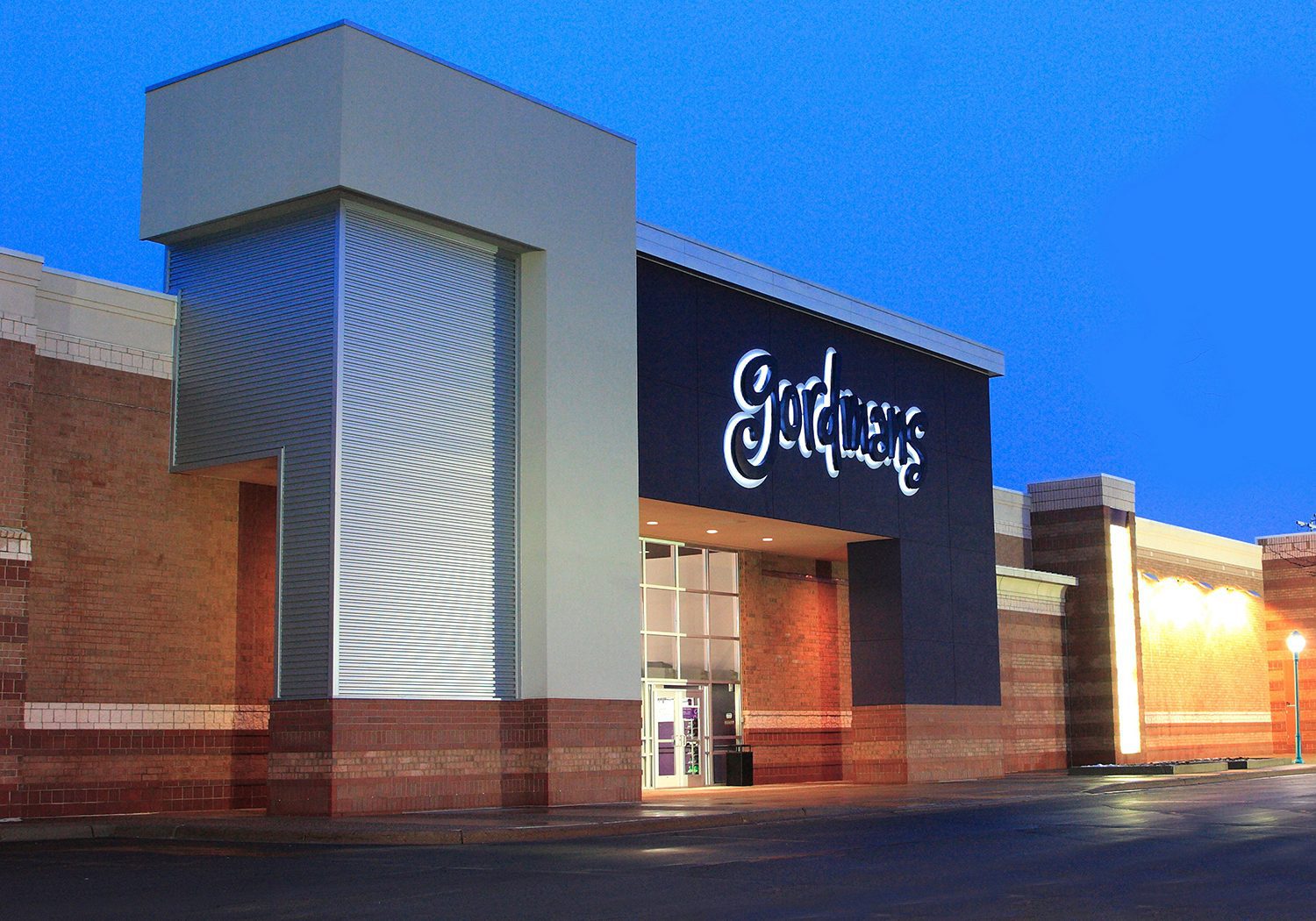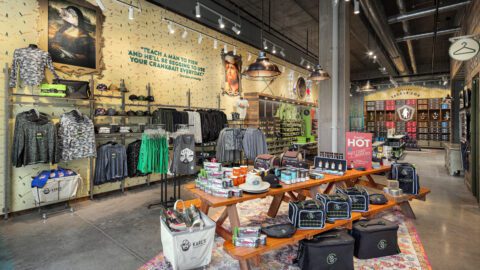Mid-market retailers face a unique combination of pressures from today’s highly connected consumers. These customers seek the personalized attention and service that smaller retailers are known for, but they have also come to expect the wide product selection and expanded range of delivery options offered by the country’s largest retailers.
The 98-store Gordmans department store chain, celebrating its 100th year in business, faces this paradox, along with the challenge of balancing its upcoming online offerings with the brick-and-mortar stores that are still central to the business. Richard Heyman, Senior Vice President and CIO for the retailer, spoke about keys to success at the Oracle Retail Midmarket Merchandising Customer Luncheon held in conjunction with the NRF 2015 BIG Show in New York City.
For Gordmans, learning more about what actually motivates customers to visit its stores is critical to the retailer’s expansion plans, which include a target of topping the 100-store mark this year. The need for insights is being met with a growing repository of data about customer preferences generated by Gordmans’ popular gRewards loyalty program, Heyman explained.
“This program provides us with valuable information, including guest behavior across merchandise categories and multiple shopping trips,” Heyman noted. Analysis of the loyalty program data has encouraged Gordmans to expand its use of digital marketing vehicles such as e-mail campaigns.
Gordmans’ ultimate goal is to use loyalty data to inform store assortments, supporting regional or granular store-by-store variations, Heyman said. The retailer previously had implemented an Oracle merchandising solution that provided more immediate insight into item performance, helping the company tailor its product offering to meet the expectations of its best guests.
During a Q&A at the session, Heyman confirmed that there is an expanding role for IT within retail enterprises, particularly as technology becomes a more integral part of basic functions such as merchandising. For example, Gordmans’ adoption of Oracle Retail solutions that went live in 2012 mandated changes to several merchandising processes such as item creation.
The opportunistic nature of Gordmans’ supply chain meant that, previously, identifying key item attributes such as color and size distribution was not required, Heyman explained. However, with the enablement of the e-Commerce channel in 2015, such information is vital to item creation. The Oracle solution has a structured process for item creation, but Gordmans’ IT and training departments worked together to create a change management curriculum for its merchant partners. Gordmans wanted to ensure that its valued partners understood the new processes and were able to use the new system effectively.
“Implementing new solutions with only minimal modification means that the burden of change rests with the user,” Heyman reported. “This has extended IT’s mission. It’s no longer just about IT providing technical support for systems; it’s about helping to foster adoption of new solutions to ensure that the company is deriving value from its technology investments.”













